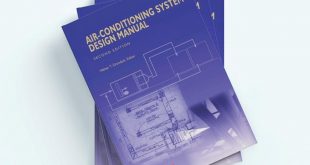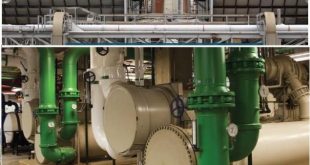Heating, Ventilation, and Air Conditioning (HVAC) systems are essential for maintaining indoor comfort in homes and businesses. However, like any mechanical system, HVAC units can encounter issues that require troubleshooting. This guide provides common HVAC problems, their causes, and step-by-step solutions to fix them.

1. HVAC System Won’t Turn On
Possible Causes:
- Tripped circuit breaker
- Faulty thermostat settings
- Loose or damaged wiring
Troubleshooting Steps:
- Check the circuit breaker and reset if necessary.
- Verify that the thermostat is set to the correct mode (cooling or heating) and temperature.
- Inspect wiring for any visible damage and call a technician if needed.
2. Weak or No Airflow
Possible Causes:
- Clogged air filters
- Blocked or leaky ducts
- Failing blower motor
Troubleshooting Steps:
- Replace dirty air filters regularly (every 1-3 months).
- Inspect ducts for obstructions or leaks and seal any gaps.
- Check if the blower motor is functioning properly and replace if necessary.
3. Uneven Cooling or Heating
Possible Causes:
- Poor insulation
- Blocked vents
- Thermostat placement issues
Troubleshooting Steps:
- Ensure all vents are open and unblocked.
- Improve insulation in problem areas to maintain temperature.
- Relocate the thermostat away from heat sources or drafts.
4. Strange Noises from the HVAC Unit
Possible Causes:
- Loose or damaged components
- Debris in the system
- Malfunctioning fan or motor
Troubleshooting Steps:
- Listen to the type of noise (rattling, squealing, or banging) to diagnose the issue.
- Tighten any loose components and remove debris.
- If the problem persists, schedule professional maintenance.
5. Refrigerant Leaks
Possible Causes:
- Worn-out refrigerant lines
- Improper installation
- Physical damage to coils
Troubleshooting Steps:
- Look for signs of leaks, such as ice buildup or hissing sounds.
- Avoid DIY fixes and contact a licensed HVAC technician for refrigerant-related repairs.
- Regularly inspect and maintain refrigerant levels.
6. HVAC System Running Constantly
Possible Causes:
- Dirty air filters
- Thermostat set too high or too low
- Faulty limit switch
Troubleshooting Steps:
- Replace dirty air filters to improve efficiency.
- Adjust thermostat settings for a reasonable temperature range.
- If the issue continues, consult a technician for switch replacement.
7. HVAC System Produces Unpleasant Odors
Possible Causes:
- Mold or mildew buildup
- Burnt-out wiring or components
- Gas leaks (in heating systems)
Troubleshooting Steps:
- Clean ducts and replace air filters to prevent mold growth.
- If a burning smell is detected, turn off the system and check for wiring issues.
- For gas odors, shut off the gas supply immediately and call emergency services.
8. High Energy Bills
Possible Causes:
- Poor maintenance
- Aging HVAC system
- Inefficient thermostat usage
Troubleshooting Steps:
- Schedule regular HVAC maintenance to improve efficiency.
- Upgrade to an energy-efficient model if the system is outdated.
- Use programmable thermostats to optimize energy usage.
Conclusion and Book
Regular maintenance and prompt troubleshooting can extend the lifespan of your HVAC system and ensure efficient performance. For complex issues, always consult a professional HVAC technician to prevent further damage and costly repairs. By following this guide, you can diagnose and fix common HVAC problems with confidence.
 Boilersinfo Boiler and Mechanical Power Digital Library
Boilersinfo Boiler and Mechanical Power Digital Library





